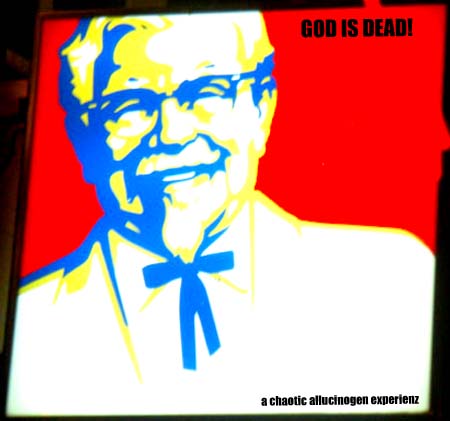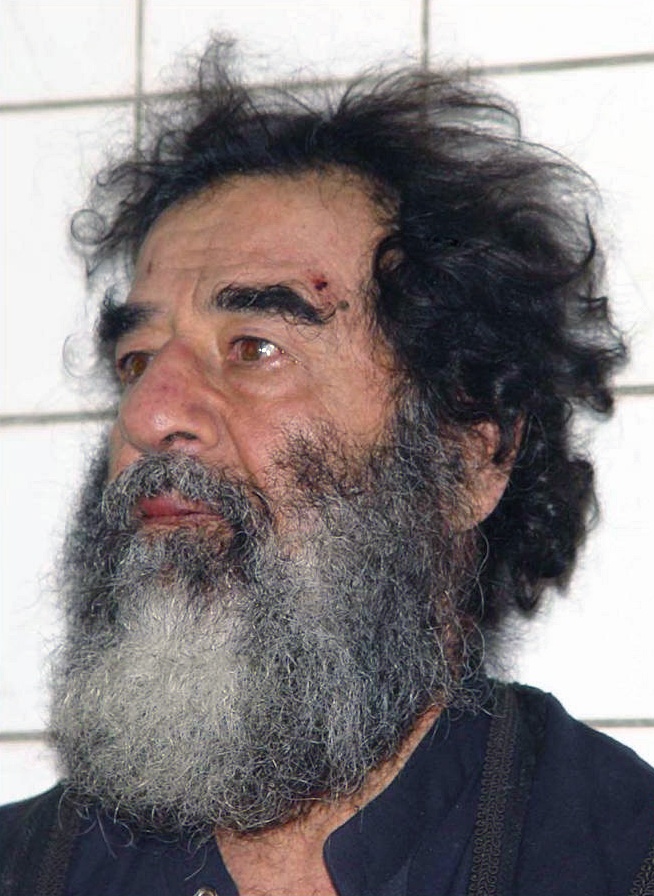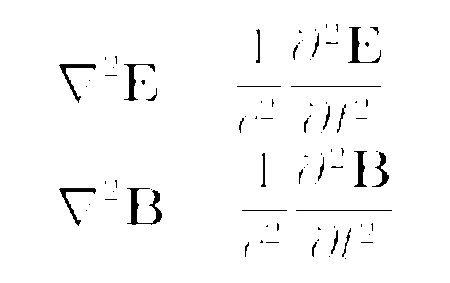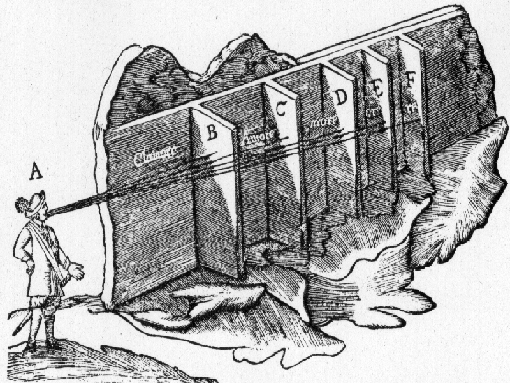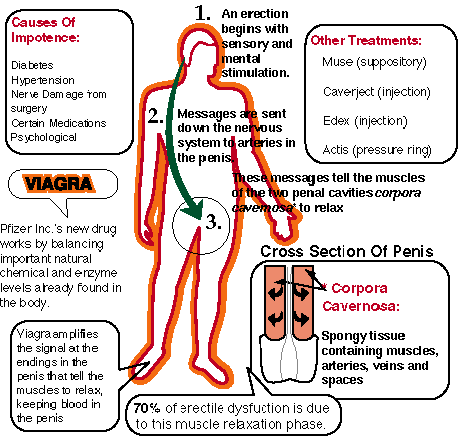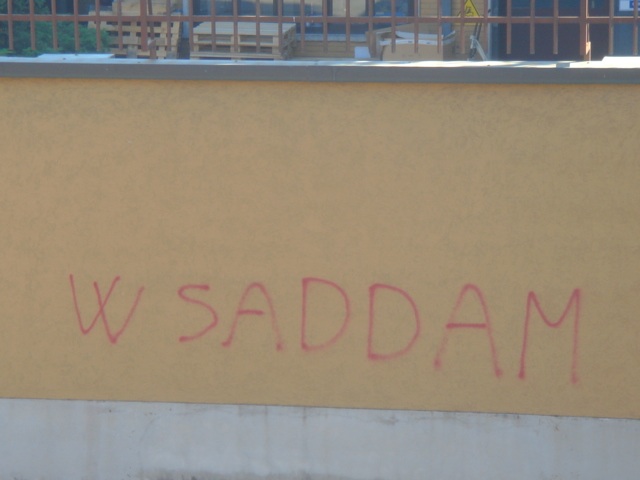
This is a view form the room where i grew up, in my parents house in Milan.
This picture was taken during hot summer 2006, on August, in a deeply isolated environment. This was before his death, in the suburban area near the cemetery.
‘W SADDAM’, says the text written in red over a wall, in an industrial street.
The dictator is like a football team, he has fans.
A definition about him form wikipedia:
"Hussein was widely regarded as a "master of survival," making any assassination attempt difficult. He supposedly made use of body doubles, who have reportedly had plastic surgery and learned his mannerisms. He shied away from public appearances, preferring to use doubles for any such events…"
The Body Double, a sort of non-self, image without body, or body as pure, mere image, significant without referent. A contrary position from the iconoclastic idea of ‘non-image’ bare belief. Here the image is already a commercial product, can be spread, shown, copied. It does not have to be truth, it is representation.
The body becomes sacred, hidden, preserved, unreal.
The fake image supplants the actual appearance, which is, in a sense, protected, secret, obscured. The material person defend *self through a nomadic practice and a symbolic interface between private and public.
Again from wikipedia, a fragment of the explanation of the word Simulacrum:
"(plural: simulacra), from the Latin simulare, "to make like, to put on an appearance of", originally meaning a material object representing something … By the 1800s it developed a sense of a "mere" image, an empty form devoid of spirit, and descended to connote a specious or fallow representation … the French social theorist Jean Baudrillard gave the term a specific meaning in the context of semiotics, extended from its common one: a copy of a copy which has been so dissipated in its relation to the original that it can no longer be said to be a copy. The simulacrum, therefore, stands on its own as a copy without a model…"
Here we reach another level, the copy, the symbol, the image that stands for itself, ‘killing’ the real with its appearance, the new mediated reality taking over the old material body and spirit.
Off course Saddam did not want to be killed.
But where is the rebus?
The question is the following: what was going on in the mind of the writer/painter/poet/unemployed who expressed the sentence ‘W Saddam’ in a desolated street of Milan. I have been thinking of it for quite a while. When i went back in town, at the end of December, Saddam was about to be executed.
In Milan, nothing was changed:
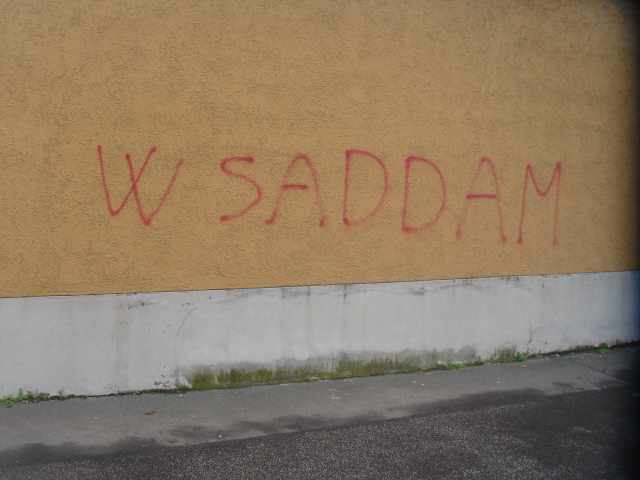
So what is the message?
I theorized today, traveling on a train, that it is a desperate denounce of the dirty, hypocritical freedoms that corporative neoliberalism is offering with a iced smile to this groaning world.
